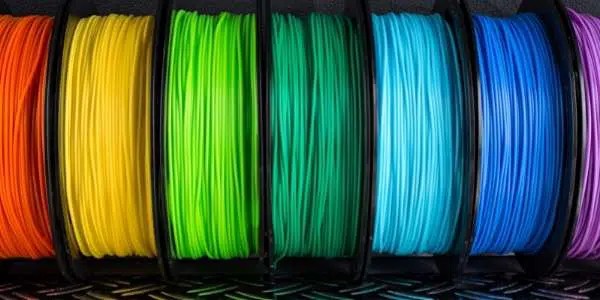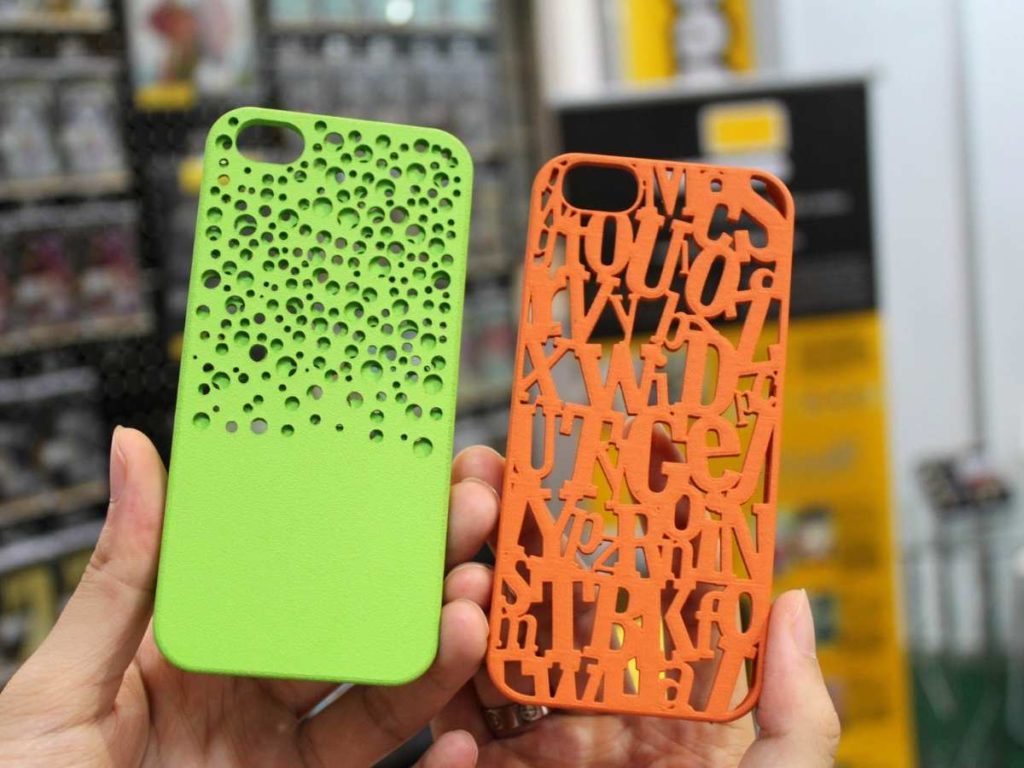3D printing has become wildly popular with everyone, from medical experts to hobbyists, and with the right design, you can make anything, including phone cases. But given the cost of filament and the time it takes to print, some people may question if it’s worth it. In addition, even with a good design, there’s no guarantee that the case will be any good.
3D printed phone cases can be good if you have the right design and type of filament. Phone cases need to fit perfectly, and though 3D modeling can be very accurate, there is a risk that the filament could warp or contract as it cool. Still, it’s worth it if you want something truly unique.
This article will explore why 3D printing a phone case may or may not be the right choice for you. We’ll cover a few benefits and include some common issues with 3D printing.
Pros and Cons of 3D Printed Phone Cases
There are several pros and cons to 3D printing phone cases, with the main issue being the cost.
The filament isn’t overly expensive, but it can get costly if you run through multiple prints making models and mock-ups. And since phone cases can cost as low as a couple of dollars, some people may not think it’s worth the time, effort, and filament to print one.
That said, you can’t deny that having the freedom to create your own case is fun. In many cases, hobbyists don’t print out of necessity but rather just because they can.
For example, some of the top designs in 2021 include:
- A mini replica of the Simpson’s tv
- A unique, mechanical bird clock
- A caravan birdhouse
With that in mind, it’s clear to see that 3D printing a phone case likely won’t be done out of a need to save money. Instead, it’s more than likely the designers just want something different.
Still, it’s not always the best idea. So, let’s take a look at some of the pros and cons:
| Pros of 3D Printed Phone Cases | Cons of 3D Printed Phone Cases |
| An exciting and completely DIY option | Not really cheaper than affordable cases |
| No shortage of designs for popular phones | Most designs need bespoke modification |
| Possible to create unique phone cases | Limitations due to 3D printer & material |
| An effortlessly scalable 3D printing project* | Impeccable creations warrant tedious curing |
| Numerous ways to personalize | Many common thermoplastics are unsuitable |
| Quite affordable when compared to premium-quality phone cases | Mandatory to buy a suitable resin or filament |
* Only for a perfected design, successfully printed model, and practically viable 3D phone case.
5 Common Issues With 3D Printed Phone Cases
Several industries use 3D printing, including automotive, aviation, and healthcare. Hence, 3D printed models, whether prototypes or functional parts are practically sustainable and durable.
However, commercial or industrial 3D printers are significantly superior to desktop variants.
All common shortcomings of 3D printed phone cases are due to the types of materials used, the specifications and features of printers made for consumers, and the individual skills of hobbyists.
Thus, it is imperative to understand these issues to avert the shortcomings.
Excessive Hardness or Softness
3D printed phone cases may be rigid or comparatively soft and flexible.
In reality, hard cases are not necessarily more durable. Almost every phone case must be able to absorb force should it be dropped. It’s designed to protect the phone, after all.
But a brittle case may break and transfer the impact to the phone.
Likewise, a soft and flexible 3D printed phone case may not have the required shock absorption to endure the force of an impact.
On the other hand, flexible material is desirable in many instances due to the ease of putting the case on and pulling it off.
Furthermore, hard cases may not have the ideal texture or finish for a comforting grasp if you hold your phone for prolonged periods. A soft and flexible 3D printed material may be more convenient. Yet, personal preferences and material choices will have a decisive influence.
Fragile or Brittle Materials
One of the biggest decisions to make if you choose to 3D print your phone case is the type of filament you’ll use. PLA is one of the most used by hobbyists, but it’s not ideal for protecting an expensive smartphone.
Below we’ll cover a few filament options and discuss whether they’re suitable for this type of design:
PLA
PLA is one of the most versatile thermoplastics for 3D printers. You will find PLA in various colors, and the material is easy to work with for most 3D printing projects.
Unfortunately, the material is not suitable for phone cases as it is brittle and will not endure a shock upon impact.

ABS
ABS is much stronger than PLA, with reliable structural strength and integrity.
Yet, ABS is not suitable for objects that must endure frequent friction and wear. In addition, ABS is not easy to work with, and it isn’t the ideal choice if you want to use environment-friendly printing materials.
Liquid Resins
Liquid resins used in 3D SLA, DLP, and LCD printers have variants, mainly due to the use of additives to improve structural strength, flexibility, and other attributes.
However, standard resins are unsuitable for phone cases. Hence, you need an engineered resin for strength and flexibility.
TPU
TPU, a commercially used material, is a fine balance of strength and flexibility among common thermoplastics. Also, TPU has a matte finish and provides a nice grip due to its rubber-like texture.
Yet, the material poses a few challenges during 3D printing owing to its flexibility.
Damage Caused by UV Exposure
In most cases, a 3D printed phone case will be used outdoors, thus getting exposed to sunlight and ultraviolet radiation. Even if you don’t spend hours in the garden, it’s possible that you may leave your phone near a window or on your dashboard.
And the fact is that neither PLA nor ABS holds well when exposed to UV. Therefore, you should look for UV-resistant thermoplastics, such as PETG.
Nylon is also an option, as it is strong, somewhat endures UV radiation, and offers exceptional impact resistance. Also, nylon has the requisite elasticity.
Glass Transition Temperatures of Thermoplastics
Exposure to heat in direct sunlight and ultraviolet wavelengths can cause some thermoplastic filaments to degrade. Also, many smartphones get a little hot during prolonged use. Thus, a 3D printed phone case made of materials that have low glass transition temperatures is not ideal.
A thermoplastic’s glass transition temperature is its heat resistance or the degree of hotness at which the material will begin to deform, turn fragile or brittle, and essentially lose its structural integrity, including impact resistance.
PETG, TPU, and nylon are suitable thermoplastic filaments for FDM 3D printers. Also, you may consider UV-graded polycarbonate. Unfortunately, standard polycarbonate is not UV-resistant, hence unsuitable for phone cases.
Flexible resin is best for SLA, DLP, and LCD 3D printers.
Every Design Is a New Project
Irrespective of the material, every design for 3D printed phone cases is a new project, and you have to go through the long and uncertain trial and error phase to perfect the finished product.
Also, 3D printing materials shrink differently, which varies among distinct designs.
Furthermore, the curing and post-production process, be it an ultrasonic bath, sanding, or finishes, like paint, will vary depending on the specific design.
Some models even require printing supports. Also, you have to prevent stringing, layer separation, sagging, and warping.
Final Thoughts
It is easy to download 3D designs for phone cases, but you must modify them to avoid printing errors. Choose resin, polycarbonate, nylon, PETG, or TPU based on your preference, but get a UV-graded and engineered 3D printing material for durability, flexibility, and impact resistance.
- Written by:
- Ben
- Last updated:
- 11/23/2023
About Ben
I started 3D printing since 2013 and have learned a lot since then. Because of this I want to share my knowledge of what I have learned in the past years with the community. Currently I own 2 Bambulab X1 Carbon, Prusa SL1S and a Prusa MK3S+. Hope you learn something from my blog after my years of experience in 3D printing.

